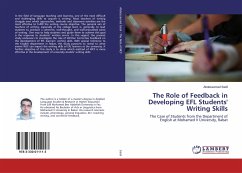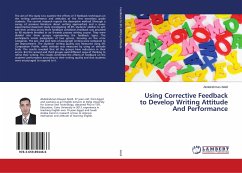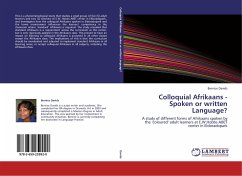Corrective feedback (CF) mainly implies to any reaction of teachers which make the students pay attention to accuracy of anything they have just produced orally or in written texts. One of the most famous theories in support of CF was introduced by Lev Vygotsky (1978, 1986) that is sociocultural theory. According to him, mediation, regulation, internalization and Zone of Proximal Development (ZPD) are essential keys in this theory which are connected to CF and language acquisition. A mediated process of man mental activities is recognized by cultural communications and by participating in social interactions we learn a language that mediates our mental activity. CF is a kind of mediation that assists learners in self-editing and it facilitates internalization. Therefore, using error correction should be integrated in teaching to students. The students who receive CF not only enable to understand their errors but also they remember the problem and its correction on long run.
Bitte wählen Sie Ihr Anliegen aus.
Rechnungen
Retourenschein anfordern
Bestellstatus
Storno








